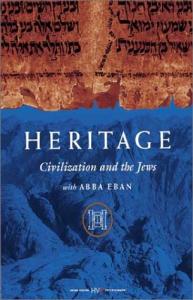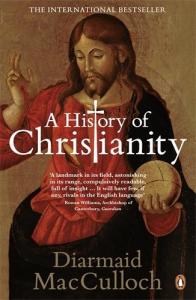Delving into the Depths:
A Review of Asko Parpola's The Roots of Hinduism
 Asko Parpola's The Roots of Hinduism: The Early Aryans and the Indus Civilization (Oxford University Press, 2015) is not merely a book; it's a scholarly expedition into the heart of a complex and enduring civilization. Parpola, a renowned Indologist, tackles one of history's most fiercely debated topics: the relationship between the Indus Valley Civilization (IVC) and the Indo-Aryan migrants, as well as their combined contribution to the genesis of Hinduism. This is not a light read, requiring a certain level of prior knowledge of South Asian history and linguistics; however, for the dedicated reader, it offers a compelling, albeit controversial, reinterpretation of established narratives.
Asko Parpola's The Roots of Hinduism: The Early Aryans and the Indus Civilization (Oxford University Press, 2015) is not merely a book; it's a scholarly expedition into the heart of a complex and enduring civilization. Parpola, a renowned Indologist, tackles one of history's most fiercely debated topics: the relationship between the Indus Valley Civilization (IVC) and the Indo-Aryan migrants, as well as their combined contribution to the genesis of Hinduism. This is not a light read, requiring a certain level of prior knowledge of South Asian history and linguistics; however, for the dedicated reader, it offers a compelling, albeit controversial, reinterpretation of established narratives.
The book's strength lies in its meticulous approach. Parpola avoids sweeping generalizations, instead meticulously examining archaeological, linguistic, and textual evidence. He skillfully weaves together data from diverse fields, demonstrating a masterful command of his subject matter. His linguistic analysis of the Indus script, though still speculative given its undeciphered nature, forms the backbone of his argument. He presents a convincing case for the script's potential proto-Indo-European origins, suggesting a significant level of continuity between the Indus Valley Civilization (IVC) and the later Vedic culture, thereby challenging the long-held "Aryan invasion" theory. He proposes a scenario of gradual cultural assimilation rather than a violent conquest, highlighting the shared cultural elements, religious practices, and even possible linguistic continuities between the two groups.
Parpola meticulously dissects the Vedic texts, particularly the Rig Veda, paying close attention to geographical references and cultural practices. He argues that the Rig Veda's depiction of the early Aryans isn't necessarily an accurate reflection of a monolithic, invading force but rather a fragmented picture of diverse groups interacting with existing populations. His analysis of Vedic rituals and mythology reveals potential links with Indus Valley Civilization (IVC) practices, suggesting a process of syncretism and adaptation rather than a complete cultural replacement.
However, the book is not without its critics and points of contention. Many scholars remain skeptical of Parpola's interpretations of the Indus script, arguing that his conclusions are based on limited evidence and potentially biased readings. The lack of definitive decipherment continues to hinder any conclusive statement regarding linguistic continuity. Furthermore, the book's emphasis on cultural continuity risks downplaying the significant societal transformations that occurred during the transition from the Indus Valley Civilization (IVC) to the Vedic period. The emergence of a hierarchical social structure, the development of new religious practices, and the shift in material culture are all crucial aspects that require a more thorough examination within the framework of Parpola's proposed model.
Another significant point of contention stems from Parpola's relative de-emphasis on the potential role of violence in the interaction between the IVC and the Indo-Aryans. While he convincingly argues against a wholesale "invasion" scenario, the complete absence of any significant conflict or societal disruption during this transition appears to be a simplification. Archaeological evidence, although often contested, suggests instances of societal upheaval and changes in settlement patterns that may warrant a more nuanced approach.
Despite these criticisms, The Roots of Hinduism remains a significant contribution to the field of Indological scholarship. Parpola forces a reassessment of long-held assumptions, compelling readers to engage critically with established narratives. His meticulous research, even where its conclusions remain controversial, prompts further investigation and dialogue within the field. The book's interdisciplinary approach serves as a powerful example of how archaeology, linguistics, and textual analysis can be combined to illuminate the past. Its focus on the gradual evolution of Hinduism, emphasizing continuity and interaction rather than sudden rupture, offers a more sophisticated and arguably more accurate understanding of the complex historical processes that shaped one of the world's oldest living religions.
Ultimately, The Roots of Hinduism is not a definitive answer to the enigma of the IVC and the origins of Hinduism; instead, it's a provocative and insightful contribution to an ongoing scholarly debate. It challenges the reader to evaluate existing paradigms critically, encouraging a deeper engagement with the complexities of South Asian history and the enduring legacy of its ancient civilizations. For anyone seriously interested in the origins of Hinduism and the complexities of the Indus Valley Civilization, this book is an essential, albeit challenging, read. Its meticulously researched arguments, even when not fully convincing, serve as a powerful catalyst for further research and a more nuanced understanding of this fascinating period.






